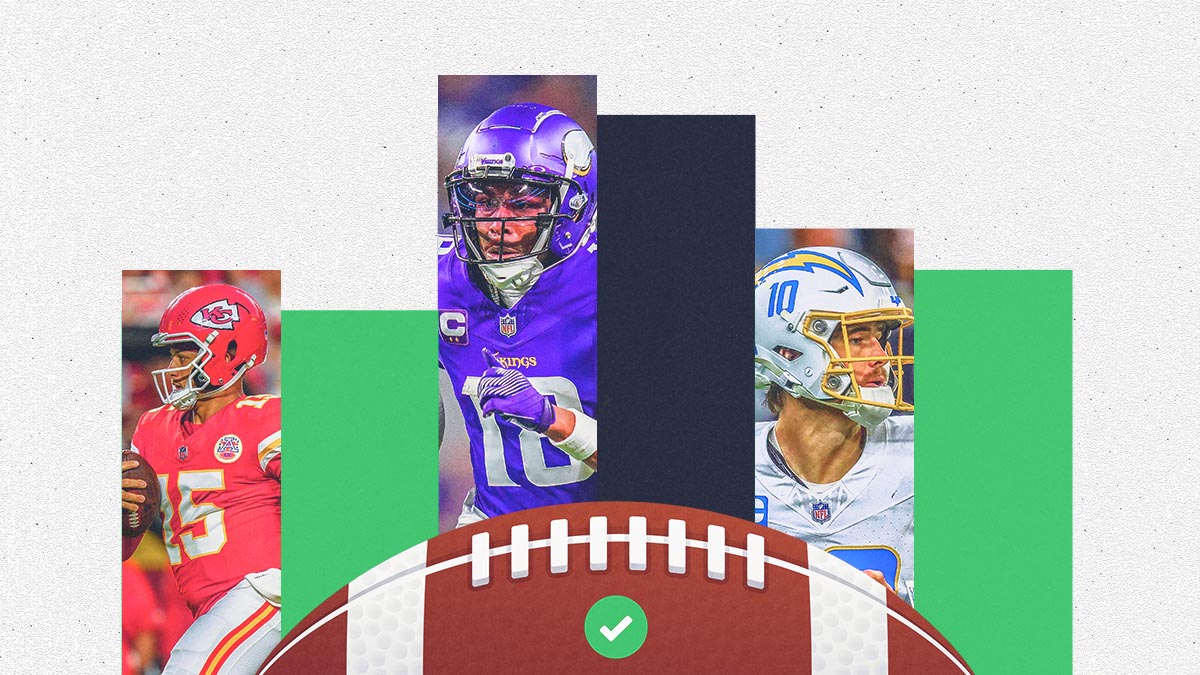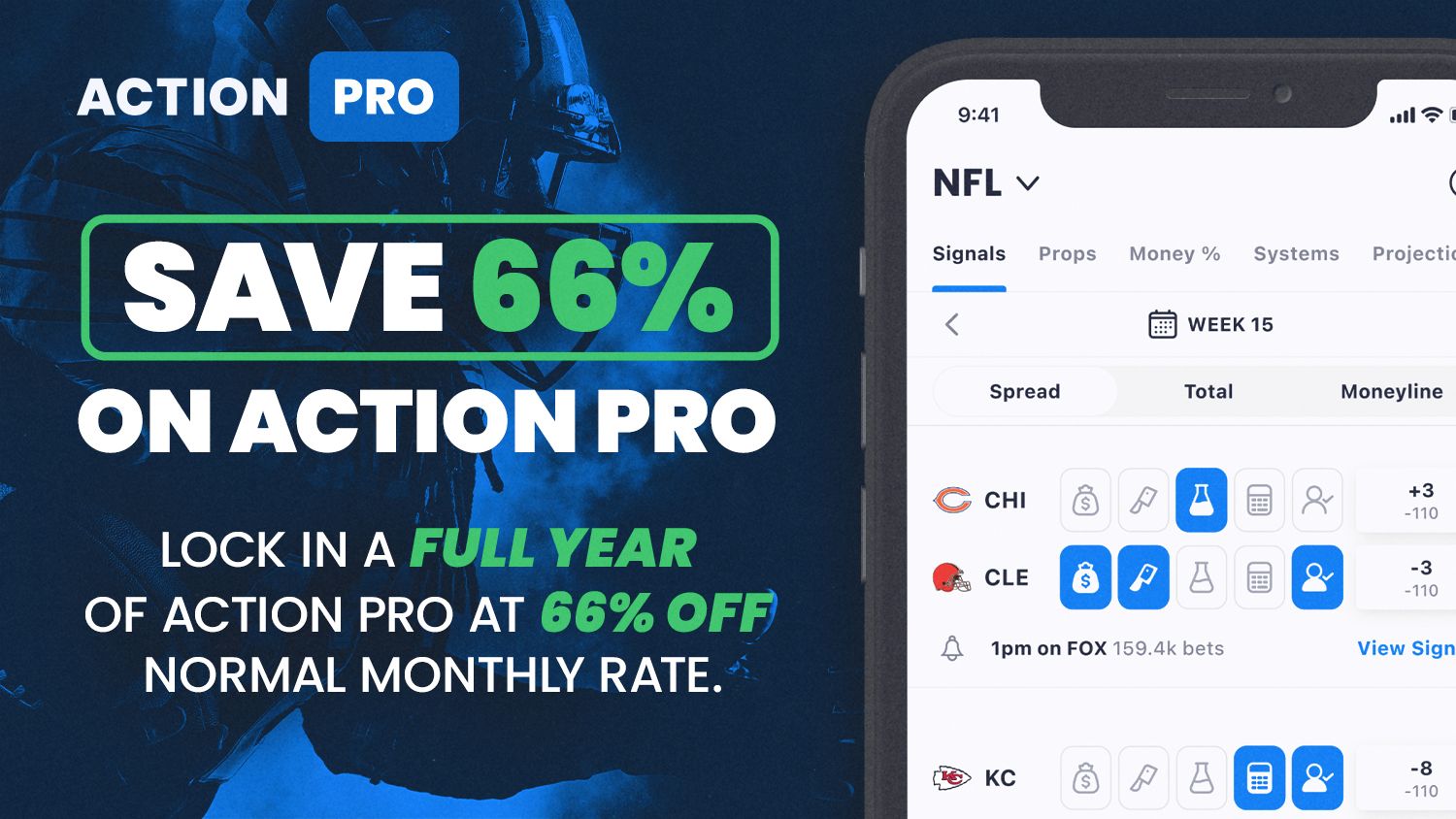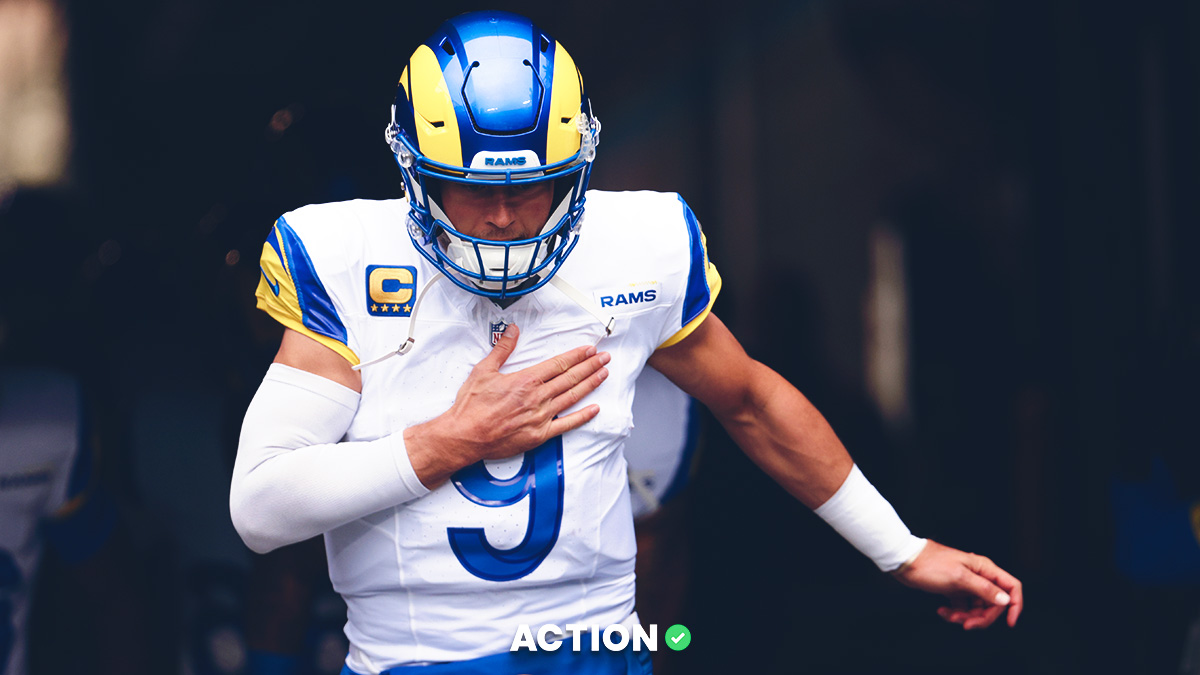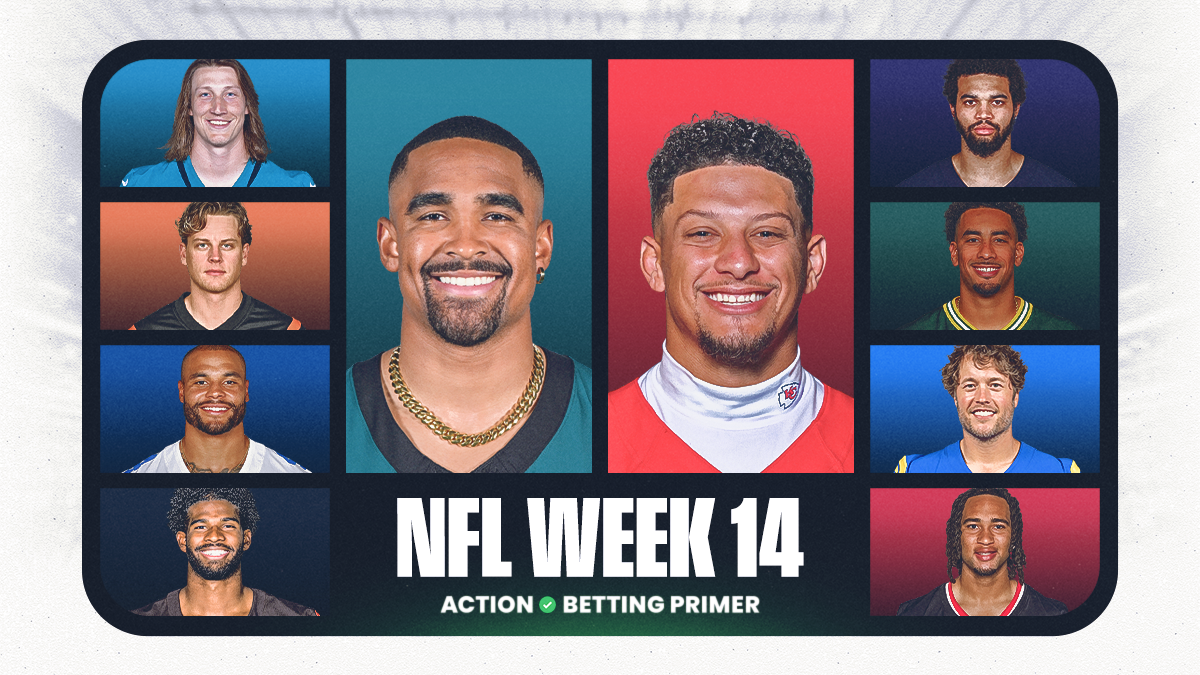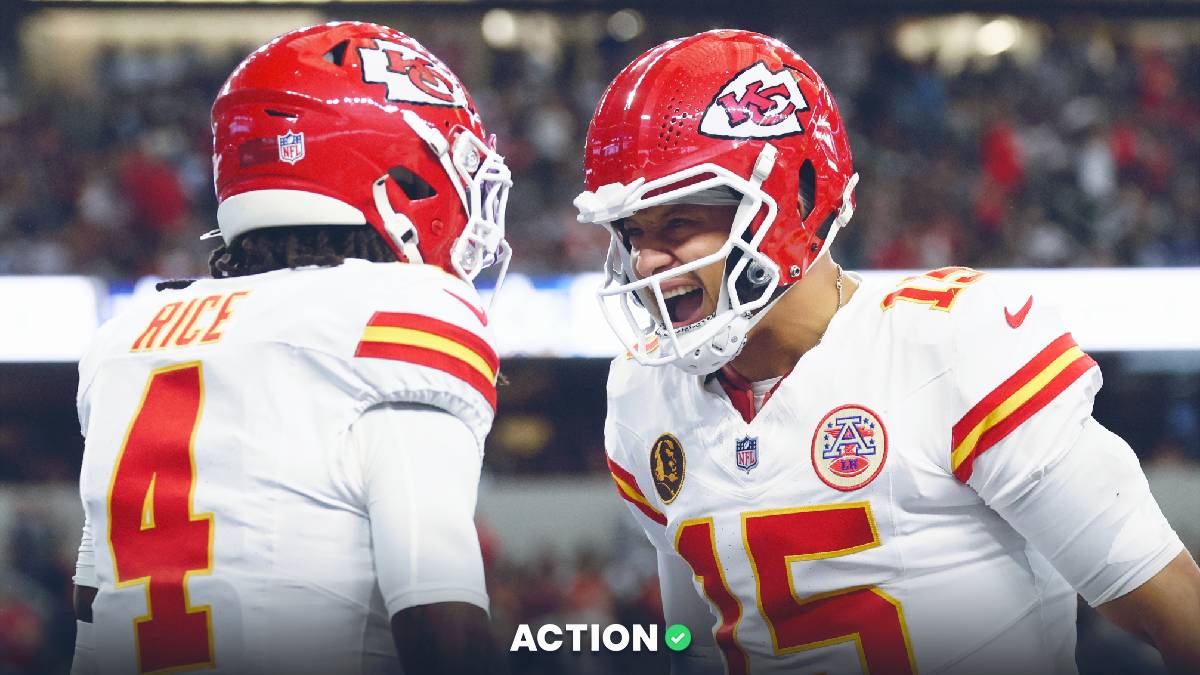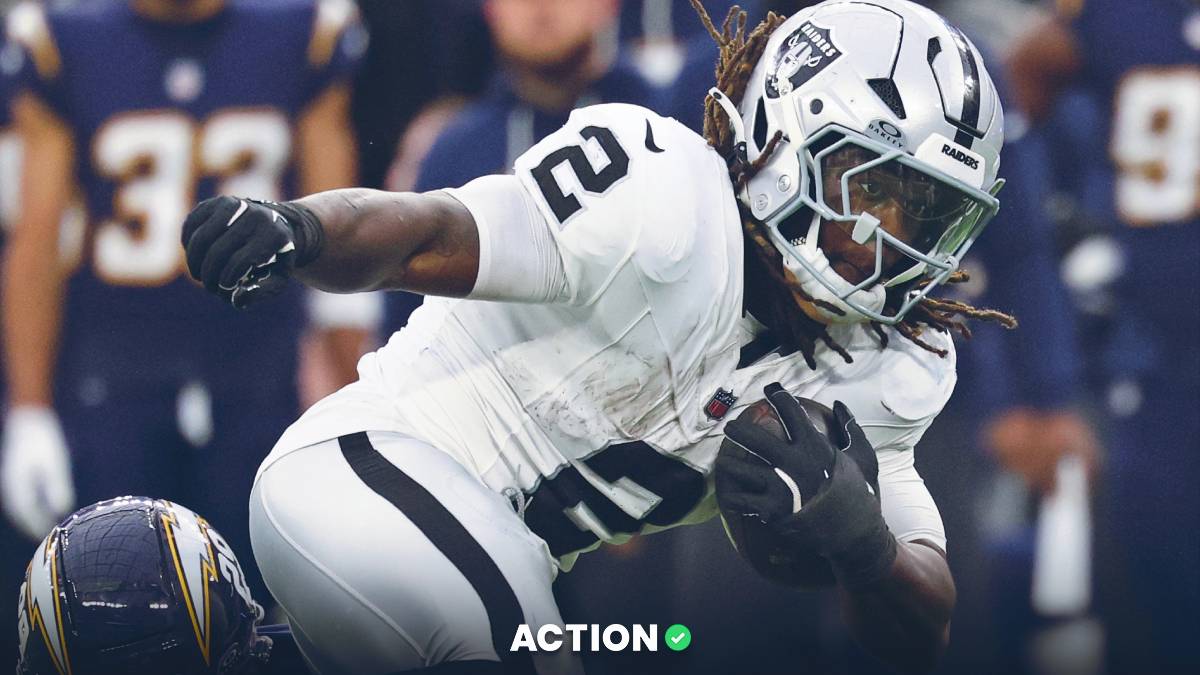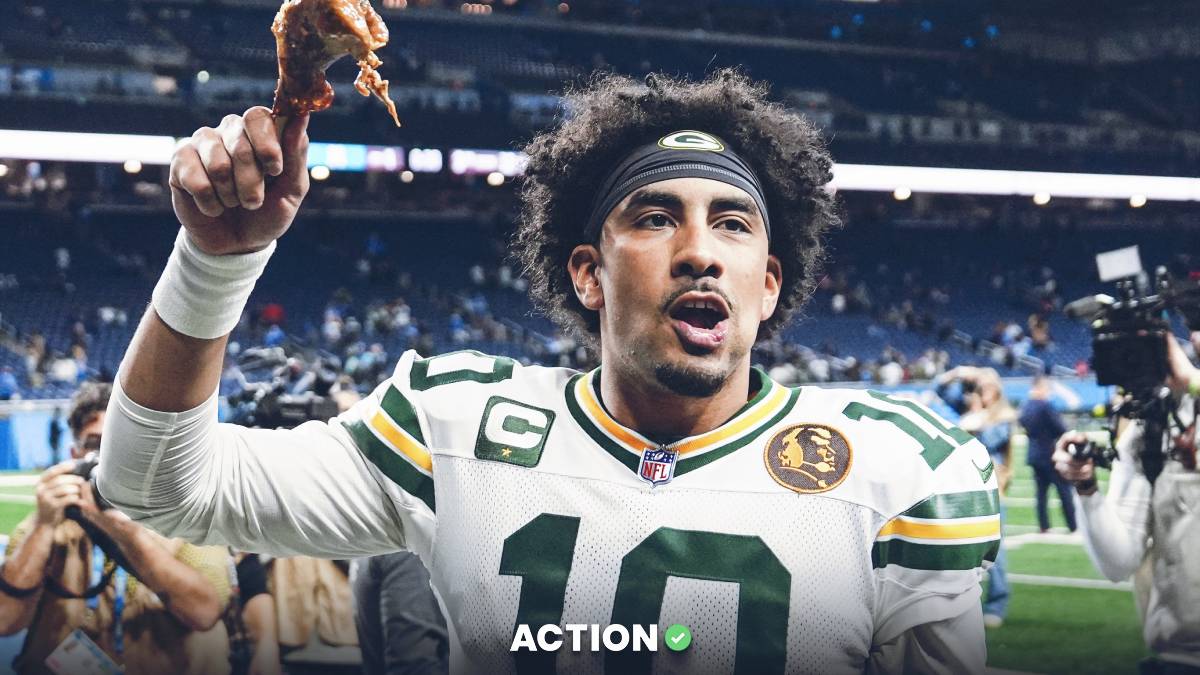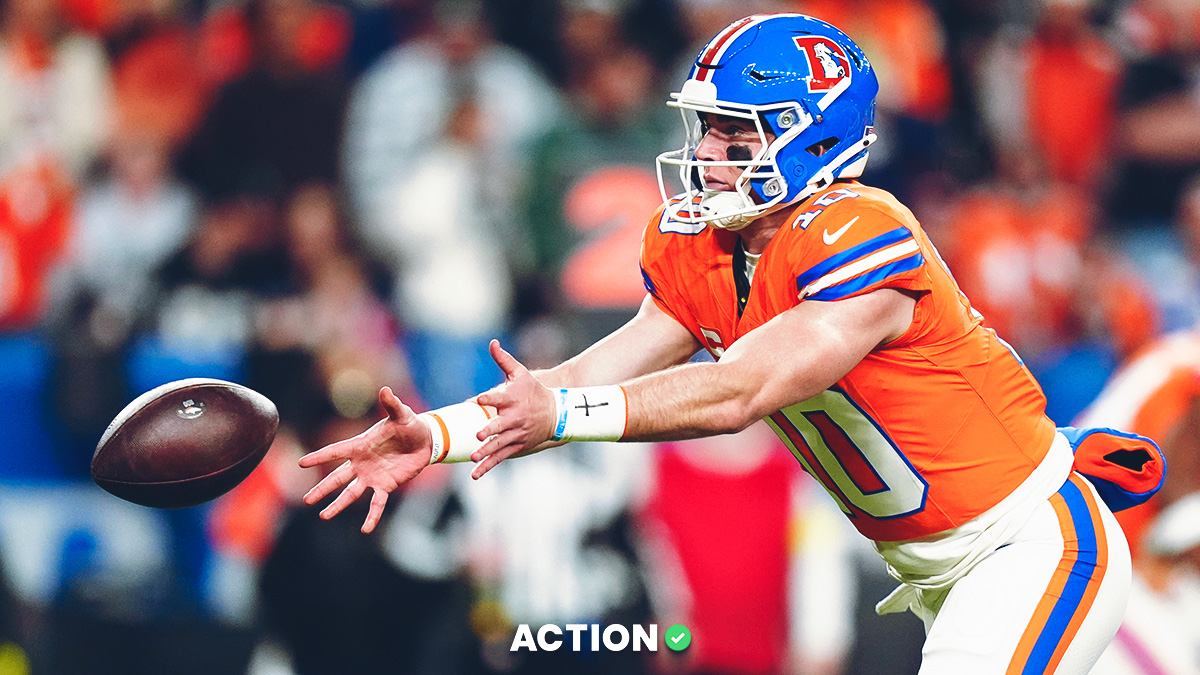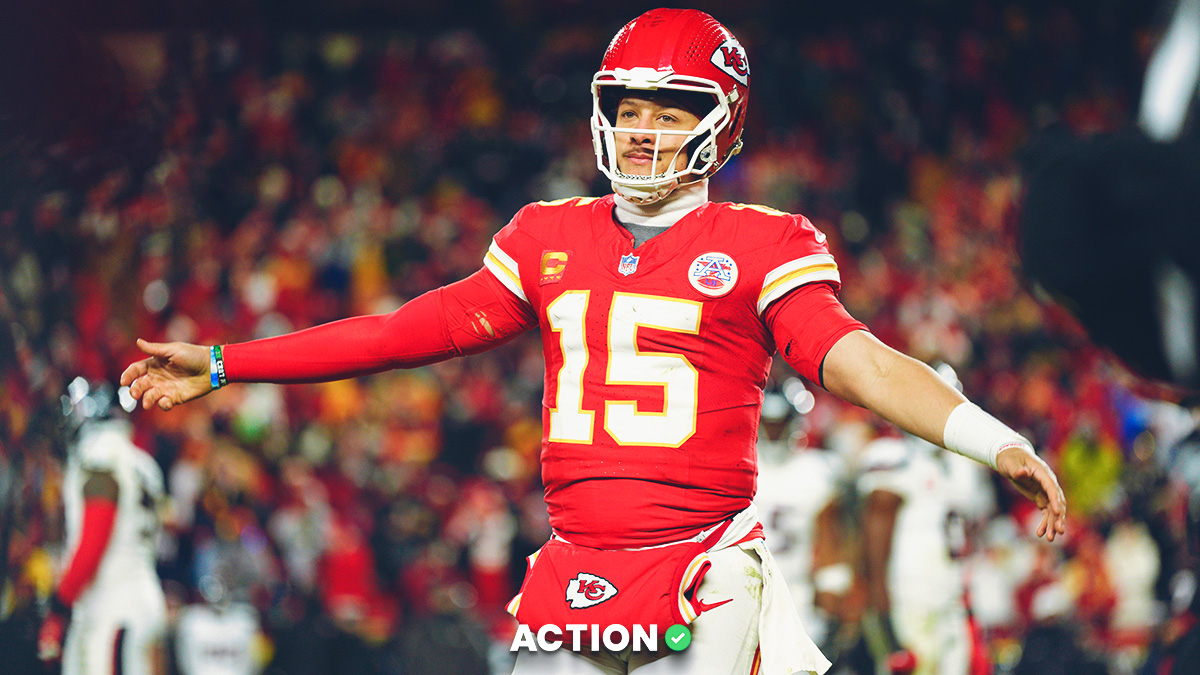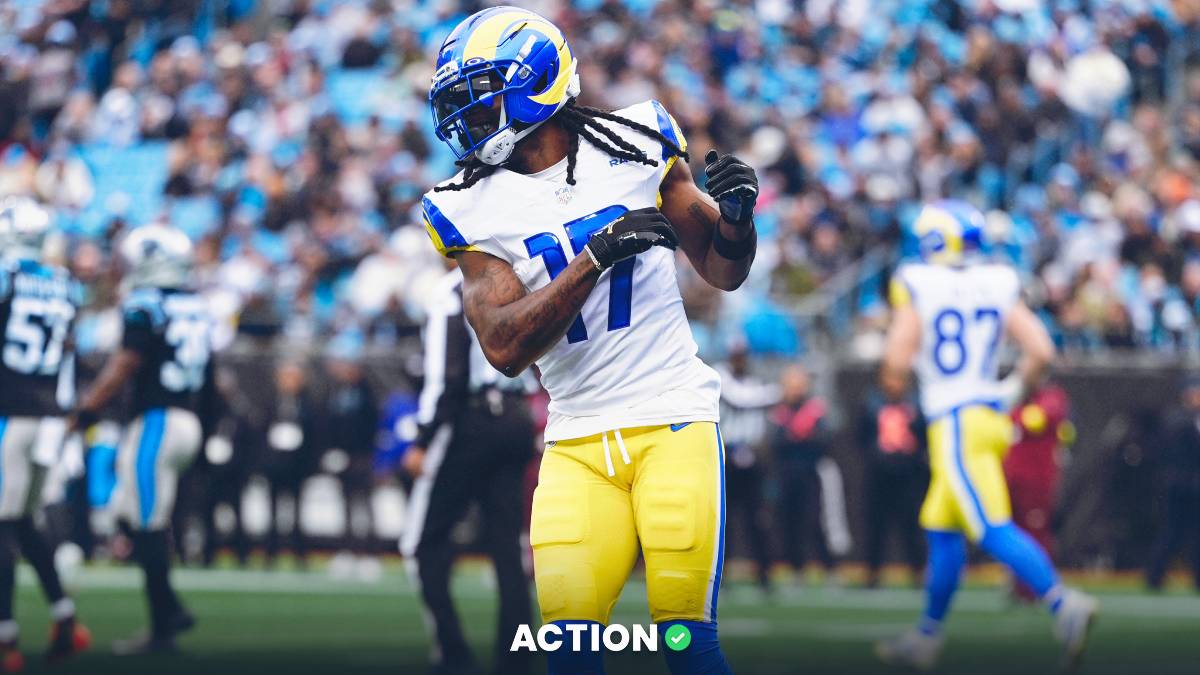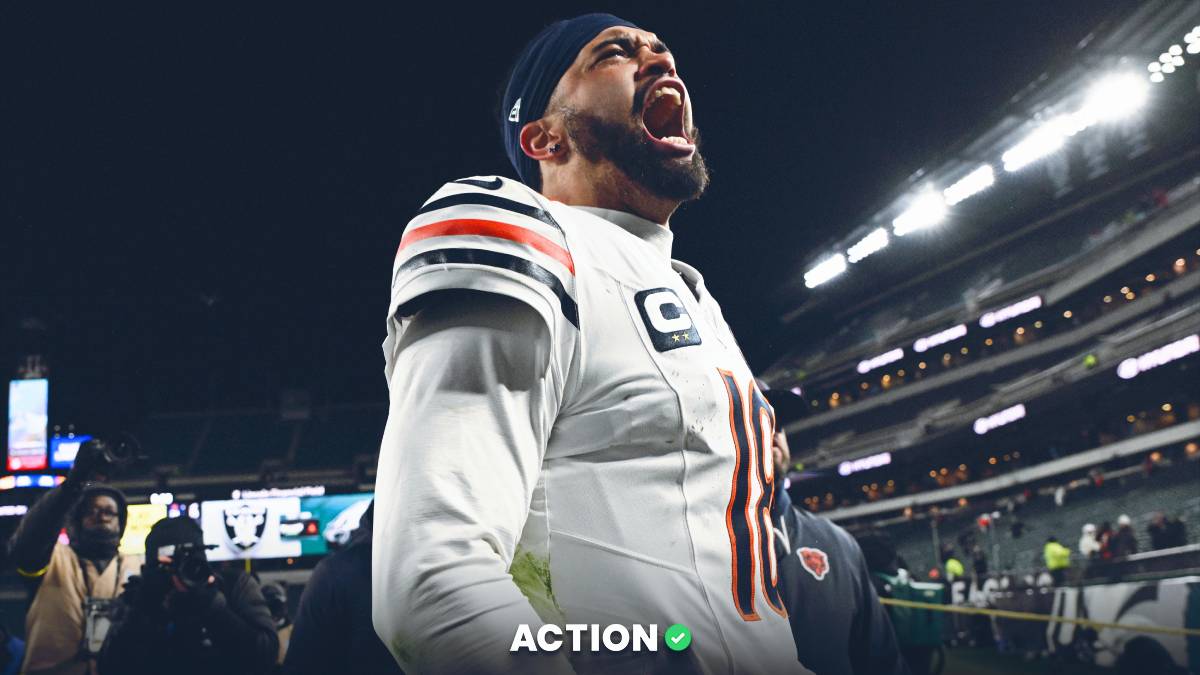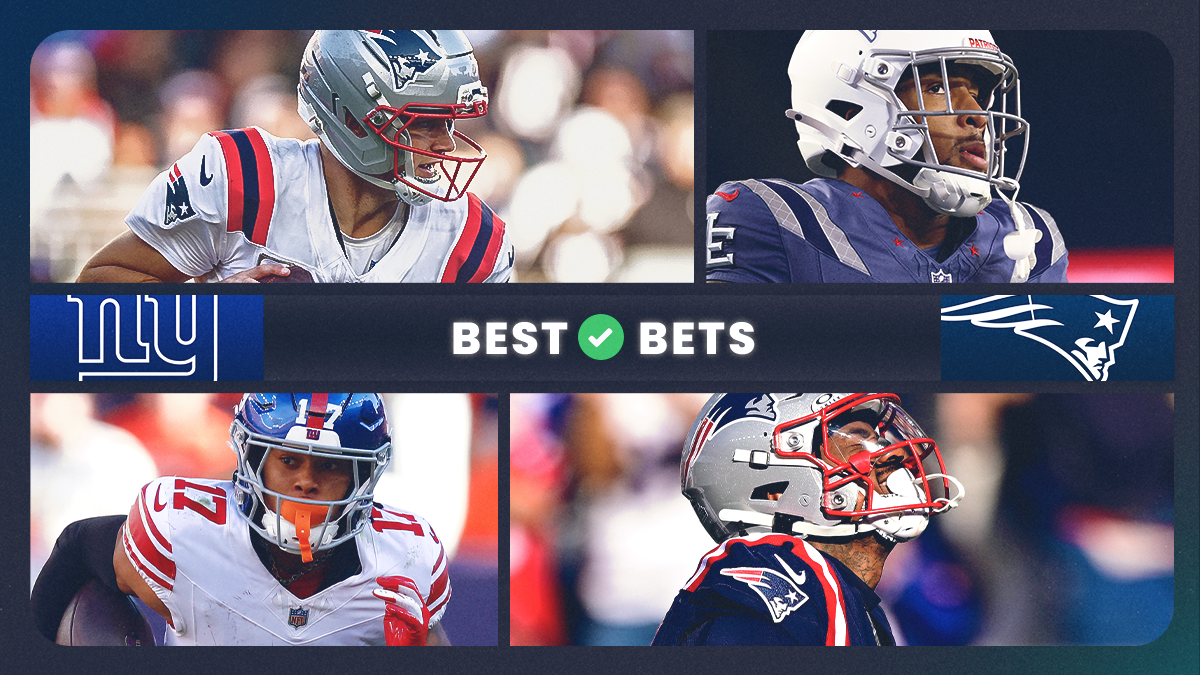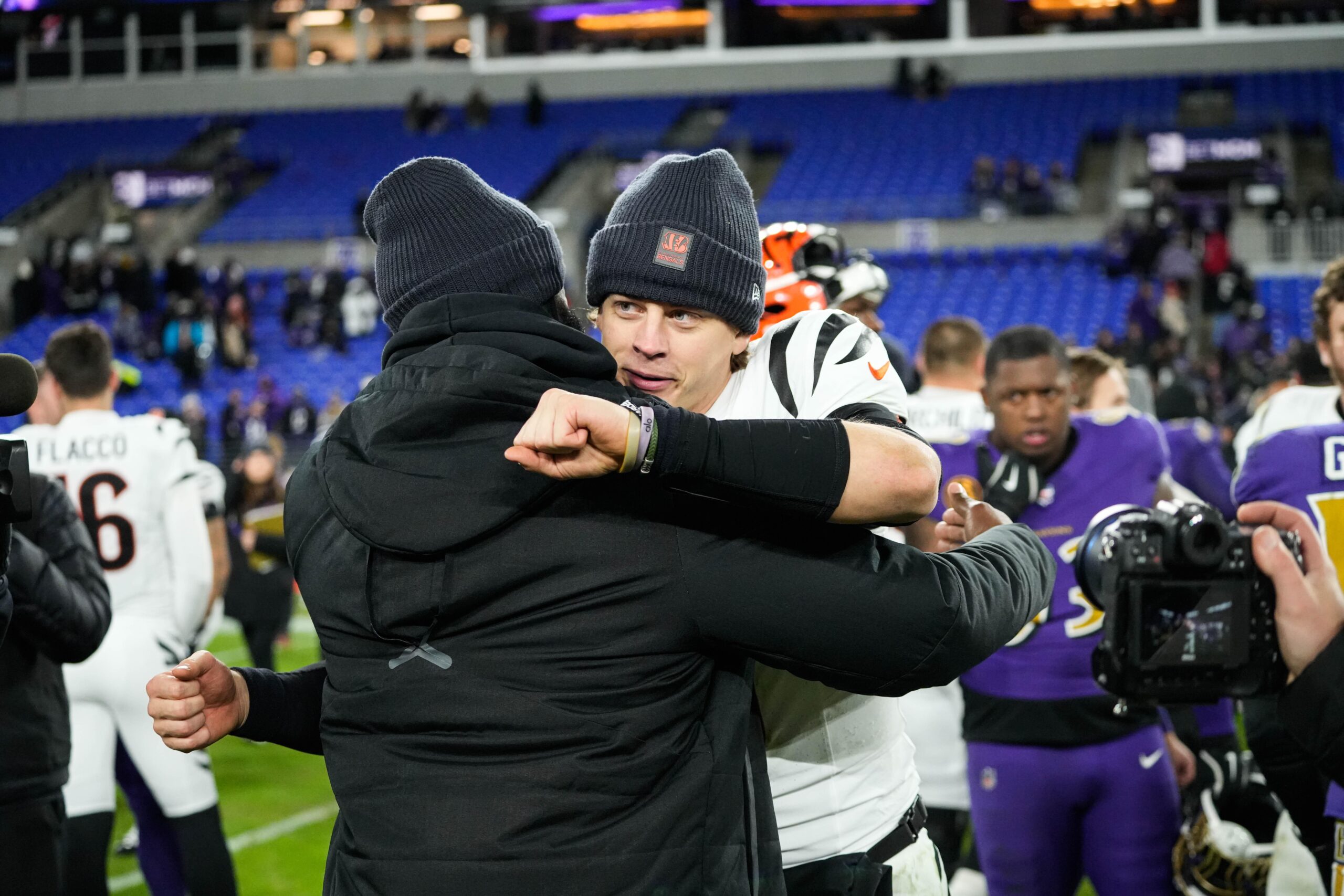Action Network's NFL Luck Rankings are back in 2025 for its fourth season.
In the three-year history of the Luck Rankings, games that met luck-based thresholds for either sides or totals had a positive ROI in each of the three years when looking at side and totals combined.
In 2022, we started with Version 1.0 — the Luck Rankings identified 61 unlucky teams to bet on and went 39-22-0 ATS on Luck Sides for a 63.9% hit rate against closing lines.
In 2023, we updated the methodology with Version 2.0 and added in Luck Totals. That year, unlucky teams meeting our thresholds went 14-9-2 (60%) against the closing spread, while Luck Totals went 35-19-1 (64.5%), which breaks down to 29-18-1 (61.5%) for unders and 6-1-0 (85.7%) for overs.
Overall, bets our Luck Rankings identified hit 63.1% of the time over 80 wagers when combining sides and totals.
Last year, we continued with Version 2.0 of the Luck Rankings, and while the Luck Sides struggled to a 16-18-1 (47.1%) record, the Luck Totals fared much better. Luck Unders were 15-11-0 (57.7%) to the under, while Luck Overs were 6-1-0 (85.7%) to the over.
That means sides and totals combined for a 37-30-1 (55.1%) record overall, generating a third straight year of positive ROI among all bets the Luck Rankings identified.
Over three years, the Luck Rankings' overall records are:
- 69-49-3 on sides (58.3%)
- 56-31-1 on totals (64.2%) — 44-29-1 on unders (60.1%) and 12-2-0 on overs (85.7%)
- 125-80-4 overall (60.8%)
A 60% record on a sample size of more than 200 games against closing lines is not too shabby!
That said, we're always looking to improve …
Introducing Luck Rankings Version 3.0!
Luck Rankings Methodology Update
Expected Scores
The driving force behind Action Network's NFL Luck Rankings is something we call Expected Score.
Loosely, the Expected Score is the final score we'd expect two teams to achieve if they replayed the same game situations an infinite number of times against each other on that day. These Expected Scores adjust to offensive and defensive strengths, account for injuries, and look at every single play in the play-by-play data, including penalties, special teams, and more.
Many variables go into our Expected Scores, all with the intent of capturing predictive elements of the two teams playing rather than fitting data to noise.
However, one factor that seems to have cropped up over the three years is that explosive teams often get overcounted as lucky by our Luck Rankings, when in reality they are more likely to achieve these plays than other teams.
Yes, explosive plays have little staying power year-over-year. But, within a single season, there is predictive power in explosive plays.
It's pretty clear by splitting up an offense's first-half explosiveness and using it to predict the same offense's second-half explosiveness, there is a strong statistically significant trend that explosive teams tend to stay explosive, and vice versa.
Intuitively that makes sense. In 2025, we expect the Detroit Lions, with all of their playmakers, strong offensive line, and competent QB, to continue to be more explosive than the woeful Cleveland Browns.
Now, we don't want to overdo this factor, as explosive plays are still inherently lucky as they come in over expectation, or even massively over expectation in the case of long TDs. It's just that now we're counting these plays as a little less lucky for offenses that are explosive (or defenses that allow explosive plays).
Explosiveness is traditionally defined as a yardage threshold, but when we think about it, explosiveness means different things for different types of plays, as well as different game situations (downs, distances, scoring margin, time left).
This is all accounted for in the newest update to our Expected Scores, and Expected Scores now have a slightly better fit to actual game scores, through an element measuring skill, as a result.
Luck Rankings Criteria
Luck Sides
Additionally, we've simplified what it means to be a Luck Rankings game for both sides and totals. In the past, while the thresholds were clearly defined, they met a range of criteria that changed depending on the time of the season and could meet one of multiple criteria.
For example, just for sides we had the following criteria.
A difference of at least 24 places in our weekly Luck Rankings
A Luck% difference of at least 50% between two opposing teams
A Luck% difference of at least 30% between two opposing teams in Week 13 or later
That meant we had two different criteria (place difference and Luck% difference), and the latter changed from 50% to 30% in Week 13.
Yeah, a bit confusing.
In reality, the whole point of the Luck Rankings is that things that are truly lucky tend to balance out over time and sample size, so that 50% threshold really should have trended down little by little over the course of the season.
That's basically what our new Luck Rankings criteria does.
By normalizing where the Luck% difference really matters over the course of the season, we get something called the normalized Luck Score (nLS), which we'll refer to as the Luck Score for sides.
In addition, we can assign the following for every game:
- Luck Score
- Predicted Luck-Based Cover% (LBC%)
- Letter Grade
Any team with a letter grade of "F" means it doesn't fit our Luck Rankings criteria. Anything with a "D" and up is playable, with expected improved results as we go up the letter-grade scale from D to A.
Most games will have both teams graded as an F. That means these aren't games where the luck gap isn't all that big (for the given time of the season).
However, some games there will be a team with an A-D letter grade while the other team is an F. Per our letter grades, here's the expected LBC% for each letter grade:
- F: Less than 53.5%
- D: 53.5% to 55.5%
- C: 55.5% to 57.5%
- B: 57.5% to 59.5%
- A: Greater than 59.5%
If we applied this new criteria to games since 2018 we'd have the following results:
- 78 D rating (43-32-3)
- 65 C rating (38-27-0)
- 64 B rating (37-25-2)
- 42 A rating (25-15-2)
All together, the unlucky teams in these games are 143-99-7 against the closing spread. That equates to a 59.1% cover rate when pushes are removed over a 240-plus game sample size.
While technically this is a back test, the vast majority of games are the same games our Luck Rankings identified in the past. However, we pick up a few here and there, and lose a few here and there, thanks to the new Expected Score calculation and thresholds, so we're confident this is still a true representation of a method capturing luck as a factor undervalued by the market.
As always, Luck Sides start in Week 2, don't include the final week of the regular season (for obvious reasons), and do include the playoffs (although there are exceedingly few games in the playoffs).
Luck Totals
Similarly for Luck Totals, we had a criteria that changed throughout the year for Luck Unders. We've done away with that as well, using a similar process to come up with a normalized Luck Total (nLT), which we'll refer to as the (new) Luck Total.
For Luck Totals the new criteria is as follows:
- Luck Overs: Luck Total of +1.5 or above
- Luck Unders: Luck Total of -1 or below
This fits what we've seen in the past, where it's harder to meet an over threshold (likely because people love betting overs, pushing totals up) than an under threshold.
Back testing over this same subset of seven years, we get the following results:
- Luck Overs
- 1.5 or higher: 63-46-1 (57.8% non-push cover rate)
- 2.0 or higher: 25-15-1 (62.5%)
- Luck Unders
- -1.0 or lower: 145-109-2 (57.1%)
- -1.8 or lower: 46-28-1 (62.2%)
Overall, we capture more totals than in the past, but the more stringent thresholds are slightly less than the number of past games we had.
Like Luck Sides, we will list an LBC% for Luck Totals, but we'll refrain from a letter grade other than noting when a game meets the more stringent threshold for overs or unders as well.
Like in the past, Luck Sides don't start until Week 3, don't include the final week of the regular season (for obvious reasons), and do include the playoffs.
Luck Rankings 2025
We hope these updates improve, simplify, and enhance the experience for you all going forward.
The Luck Rankings and its associated games will once again be available to Action PRO subscribers with weekly Luck Rankings starting in Week 2, as well as a midweek PRO piece by our Predictive Analyst Dr. Nick Giffen highlighting each week's luck-based sides and totals.
Good … luck … in 2025!


